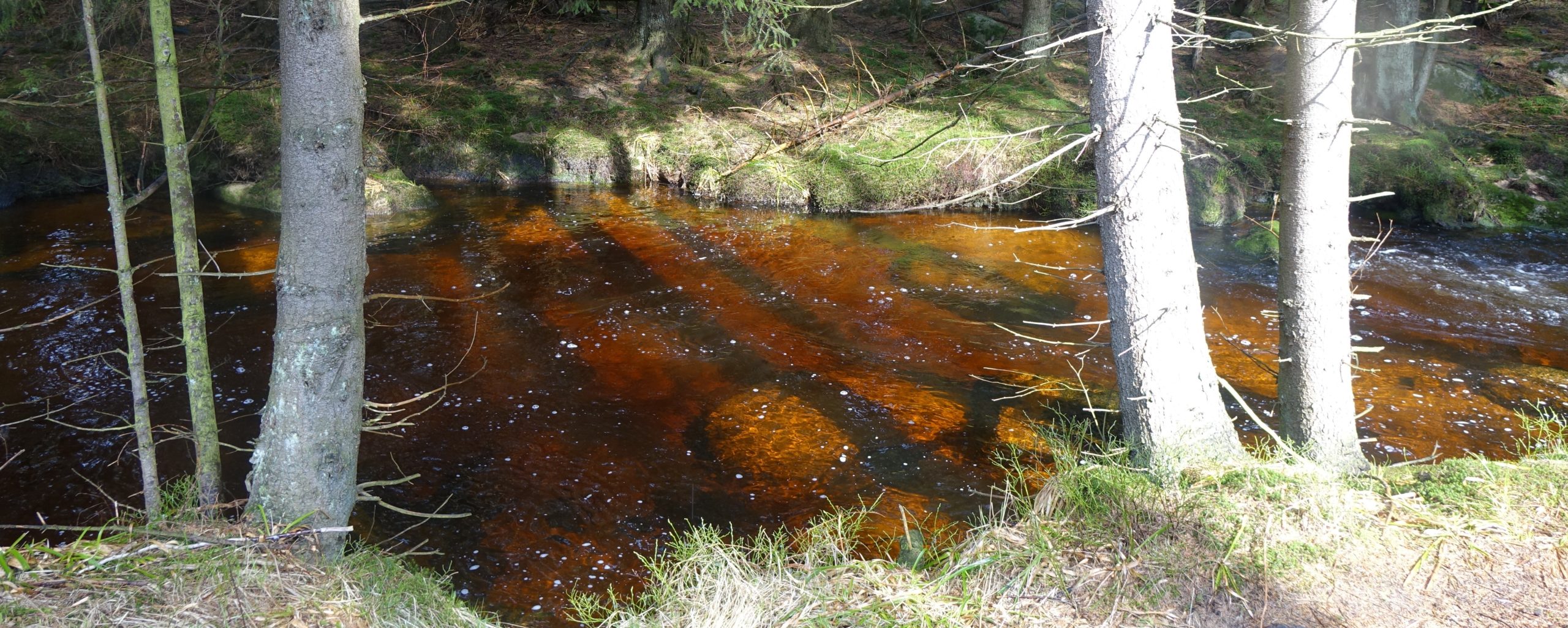
Molecular characterization of Asian hornet paper envelope nests
By Joeri Kaal and Luis Rodríguez-Lado
Abstract
We explored the potential of pyrolysis-gas chromatography-mass spectrometry (Py-GC-MS) as a molecular characterization tool for paper envelop materials in nests of the Asian hornet (Vespa velutina Lepeletier, 1836), a runaway invasive species in Western Europe. The area of study is the NW of the Iberian Peninsula (Galicia, A Coruña province) and the main tree types of the vegetation in the sampled areas are pine, eucalypt and oak, with a smaller abundance of chestnut and fruit trees. The objective was to determine whether molecular fingerprinting in combination with the information on vegetation patterns allows to determine the origin of the decaying wood fibres used for nest construction, and thereby determine the insects’ preferences for raw material. The results confirm that the envelopes consist predominantly of polysaccharides and lignin, and that especially the lignin composition is useful for tracking vegetation sources of raw materials. The relationships between dominant vegetation and nest composition was smaller than expected and there seems to be no clear preference for a given tree type, in spite of very large inter-nest variation in the balance between guaiacyl and syringol lignin products (S/G ranging between 0.0 and 3.0). Thus, the Asian hornet does not exhibit a specific preference for a particular type of vegetation. Instead, it adapts to the available materials in its environment and uses them conveniently in nest construction. This highlights the high flexibility of the Asian wasp in utilizing the resources of the environment it colonizes. However, remarkable intra-nest variation in both colour and S/G ratio indicates that nest colour banding is related to raw material selection. This study contributes to a better understanding of the behavior of V. velutina, which, in turn, helps define appropriate actions to limit its expansion.
Keywords: Asian hornet; paper nest envelopes; molecular characterization; Py-GC-MS; insect ecology.
ISSN: 2659-5605 (Analytical Pyrolysis Letters)



